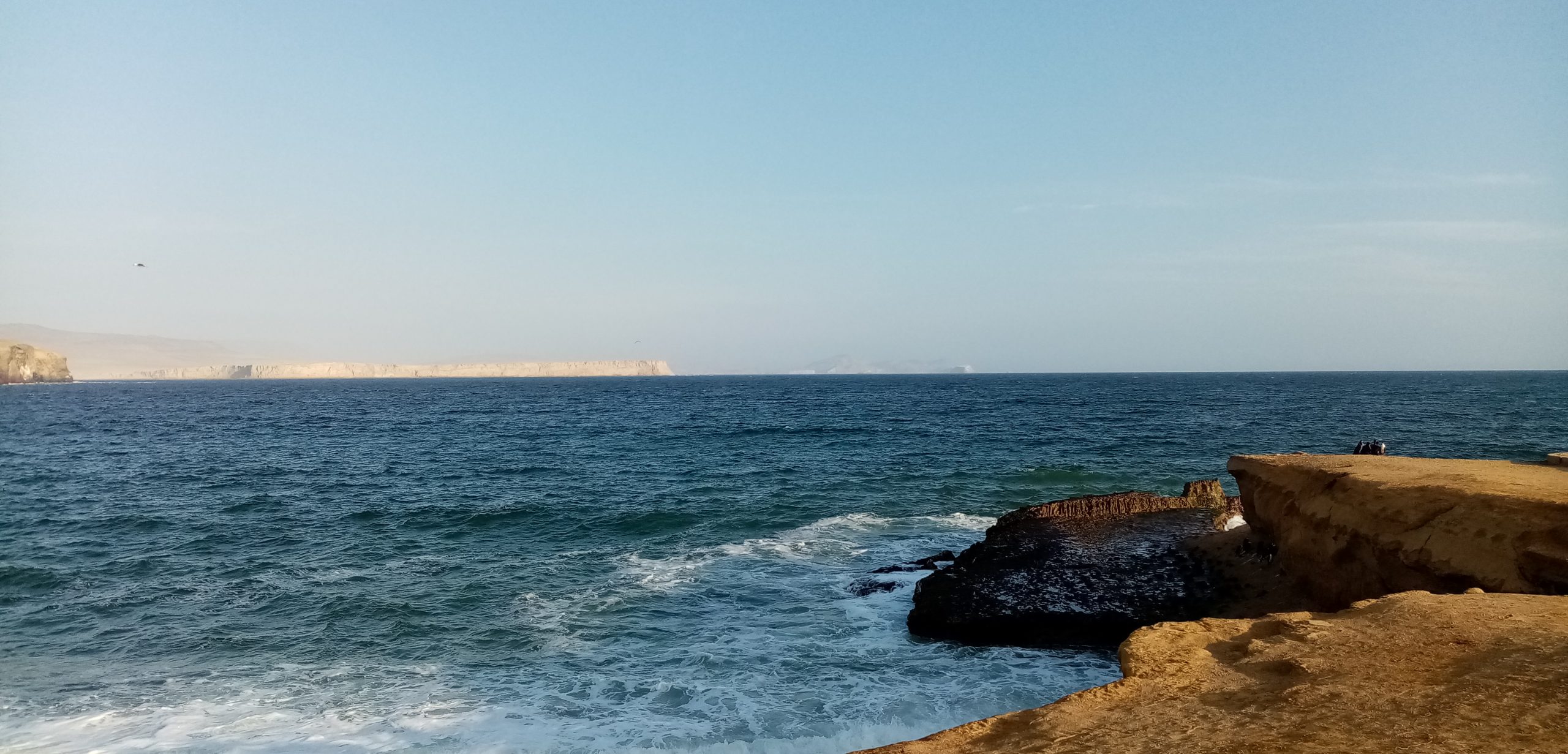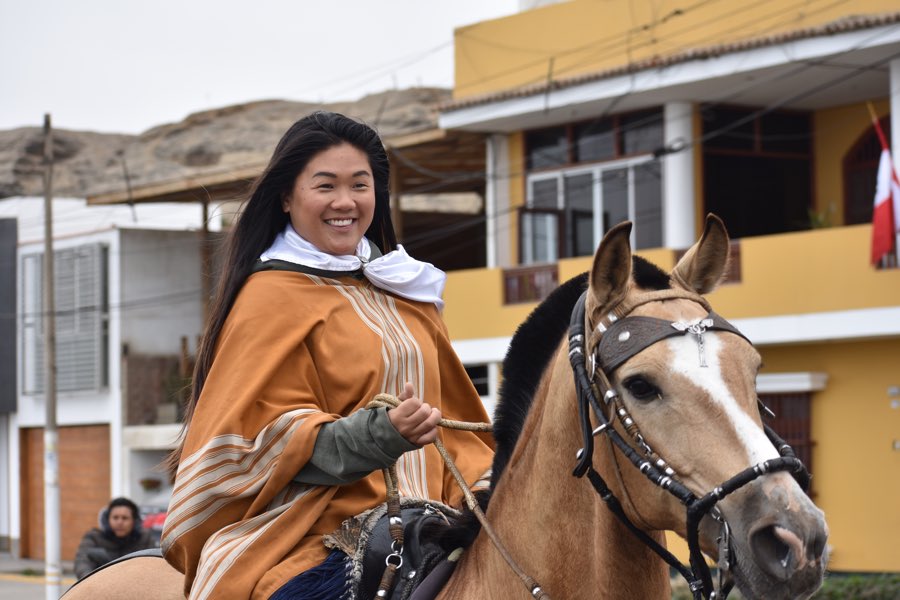Paracas is a small fishing port, located 4 hours from Lima, offering a friendly and authentic atmosphere. Here, you can enjoy typical dishes made from fresh fish and seafood. But apart from its culinary offerings, there are many sites to discover around Paracas – and not just the Paracas National Reserve!
If you’re on a tour of southern Peru, you’ll inevitably pass through Paracas before continuing on to Ica and Nazca, and eventually taking a night bus to Arequipa.
During my recent trip to Peru to explore new and off-the-beaten-path destinations, I visited several beautiful places that are easily accessible from Paracas.
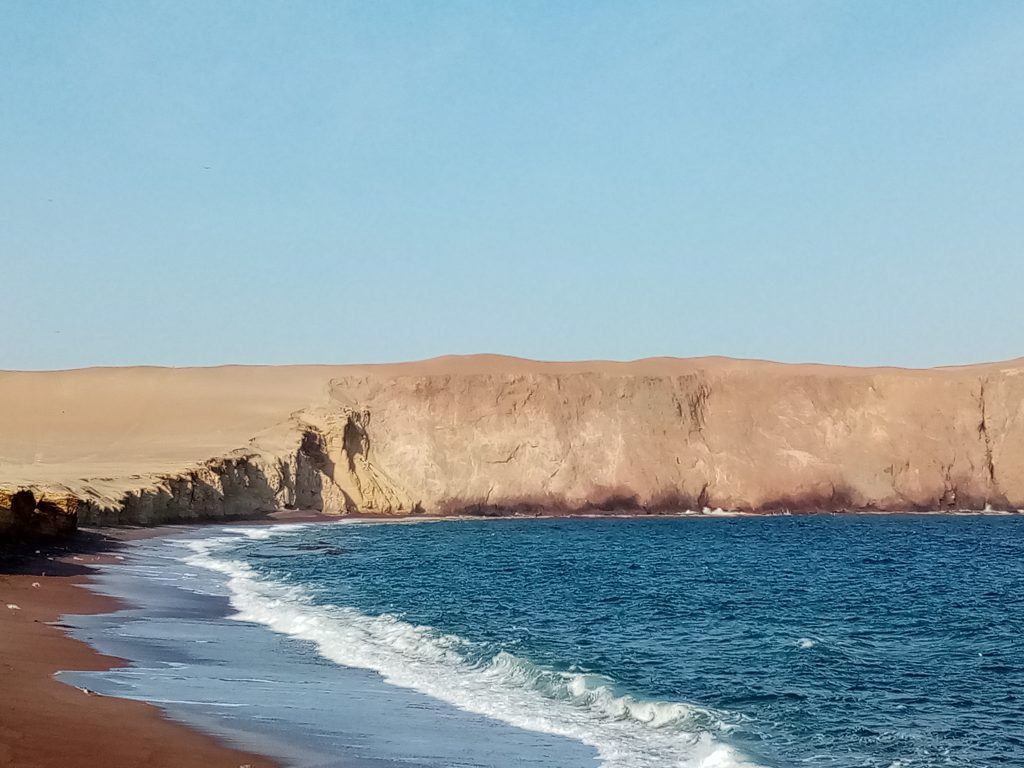
Tambo Colorado
Tambo Colorado is an archaeological site located an hour away from Paracas, in the Ica region of Peru. The road is in good condition, and you’ll transition from a desert landscape to avocado (palta) and vine plantations.
It’s an ancient administrative and ceremonial complex from the Inca civilization, dating back to the 15th century.
The name “Tambo Colorado” comes from the vivid and varied colors of the adobe walls (sun-dried clay bricks) that make up the site. These walls were once decorated with murals, although few traces of them remain today.
The Tambo Colorado site offers a fascinating glimpse into Inca architecture and culture. You can see the various buildings and structures that make up the complex, including temples, residences, warehouses, and public squares. Some of the walls still have niches that were used for storage or as altars.
It was an important center for political, administrative, and religious activities in the region. Tambo Colorado likely served as a relay point on trade routes connecting different regions of the Inca Empire. The layout resembles a labyrinth, but there are also traditional large ceremonial squares.
You can only visit the site with a guide, which will help you better understand its history and unique features.
In summary, if you’re interested in Inca history and culture, Tambo Colorado is an archaeological site not to be missed during your visit to Paracas and the Ica region of Peru.
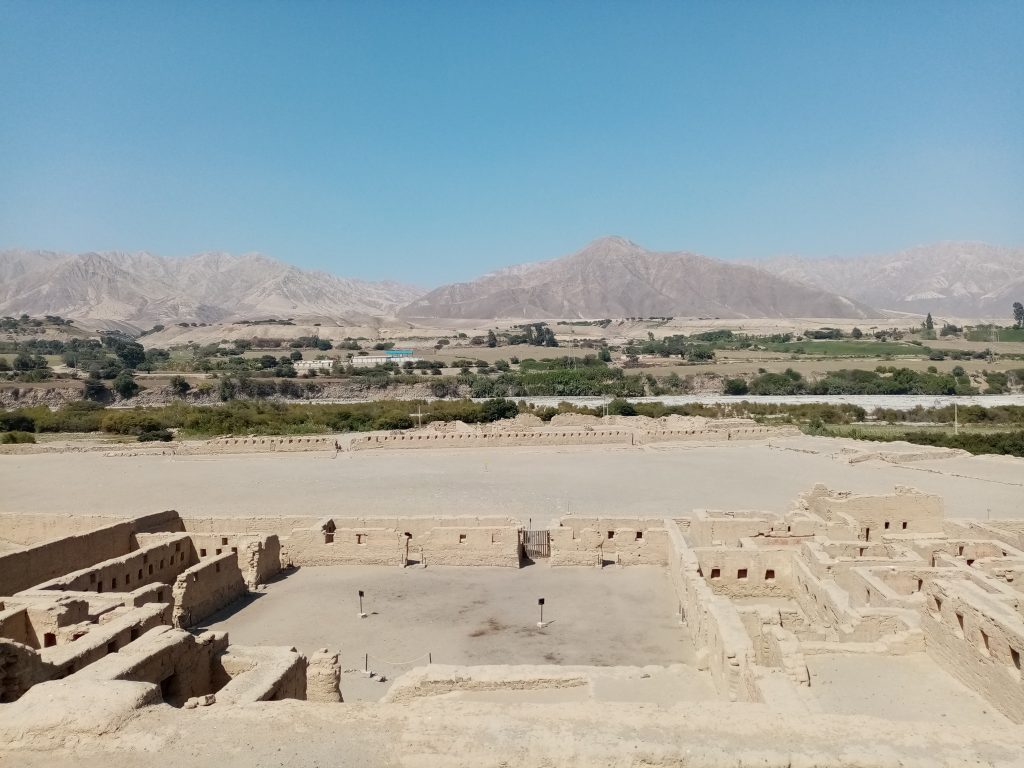

Laguna Moron
After visiting Tambo Colorado, you can continue with a visit to Laguna Moron. The access road has been recently paved, and you can easily reach the parking area.
From there, it’s just a 5-minute walk on the sand to reach the lagoon. Laguna Moron is the perfect place to enjoy a peaceful environment and beautiful nature. It’s much quieter and less frequented by tourists than Laguna Huacachina. People come here for different reasons.
During my visit, there was only a young couple enjoying the beauty of the lagoon surrounded by reeds and large sand dunes. It’s an ideal spot to relax and connect with nature. The caretaker explained that you shouldn’t jump from the pier into the lake to swim because there’s a risk of sinking into the mud. It’s better to wade in gently from the beach.
There’s nothing available on-site, so I recommend bringing a picnic to enjoy the place and take a break during your day of excursions. Of course, remember to respect the environment by taking your trash with you and avoiding disturbing the local wildlife.
You can do sandboarding on the nearby dunes. However, you should arrange it in advance with your local agency or guide, as you’ll need to bring the sandboard and hike up the dunes on foot. No buggies here!
Laguna Moron offers a different experience from Laguna Huacachina, with its tranquility, preserved nature, and birdlife habitat.
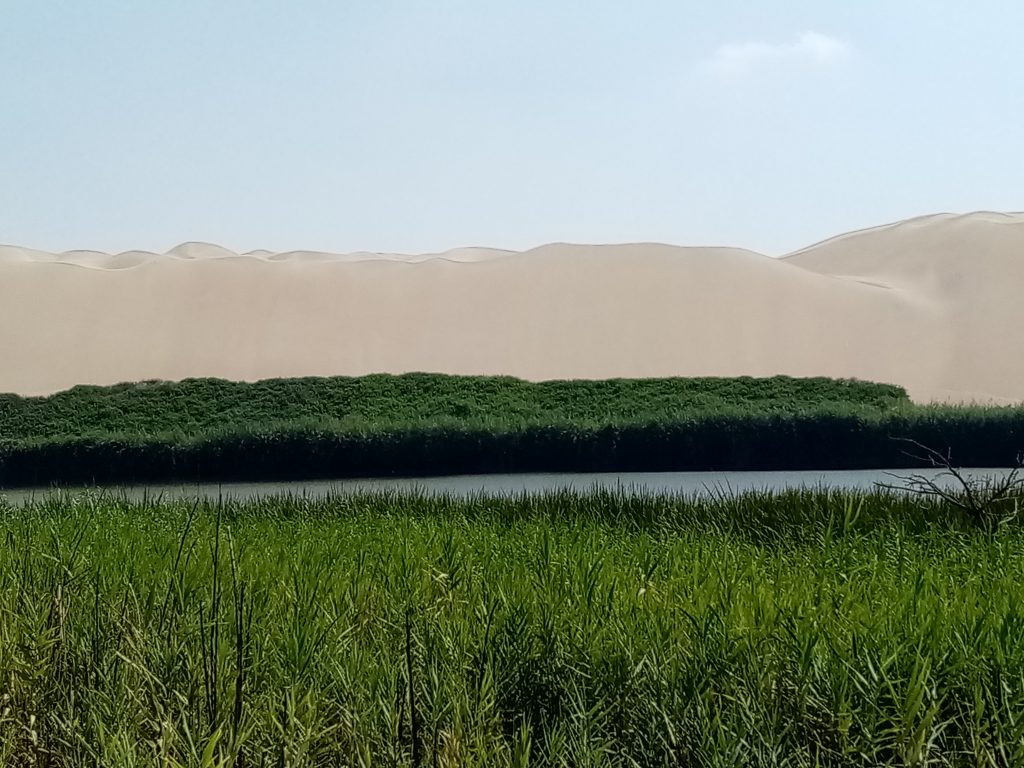
Paracas National Reserve
Some introductory information: Paracas National Park was established in 1975 and is one of the country’s most important protected natural areas. The park covers approximately 335,000 hectares, including land and water, and is divided into two main zones: the terrestrial zone and the marine zone.
Here are some points of interest to visit in Paracas National Park:
Paracas Museum
I absolutely recommend visiting the Museum, which is not included in the park’s entrance fee. The Paracas Museum is also known as the Museo de Sitio Julio C. Tello. It is dedicated to showcasing and preserving the cultural heritage of the Paracas civilization, which thrived in the region about 2,000 years ago.
The museum houses an impressive collection of ancient artifacts and textiles that remind me of the ones in Tucume), as well as mummies and human remains discovered in the area. The exhibits highlight the art and craftsmanship of the ancient Paracas, with finely woven textiles, decorative ceramics, and utilitarian objects.
By visiting the Paracas Museum, you’ll have the opportunity to learn more about the history, culture, and traditions of the Paracas civilization. Information panels and museum guides will provide detailed information about the different periods of this civilization. There’s also a whole section on weaving techniques and patterns used in textiles.
A visit to the Paracas Museum is an excellent opportunity to deepen your knowledge of the Paracas civilization and admire unique ancient artifacts. It’s a perfect complement to exploring the Paracas Nature Reserve and the surrounding archaeological sites.
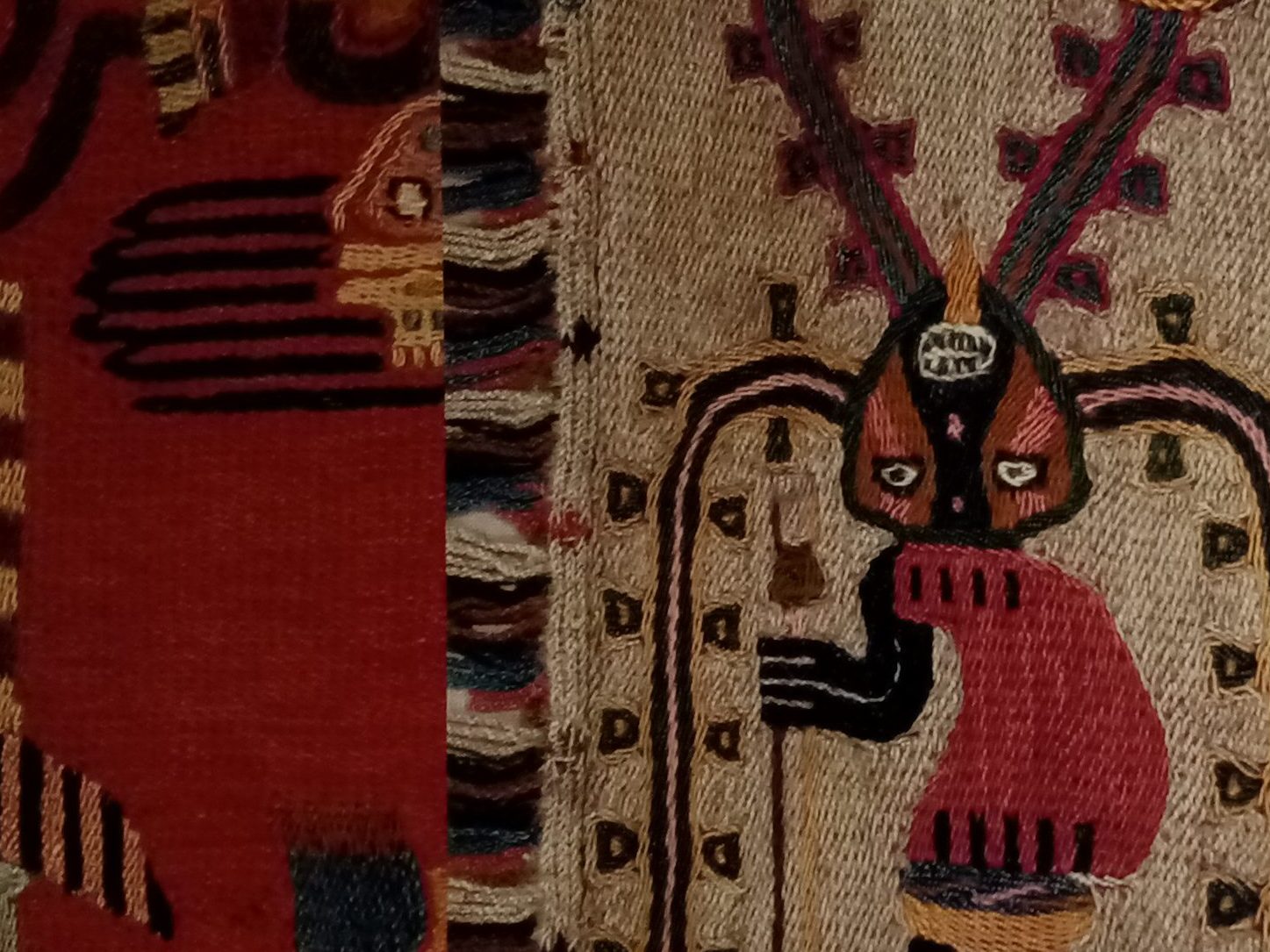
The Cathedral
The Paracas Cathedral was an iconic rock formation located in the Paracas National Reserve. It was named because of its resemblance to a Gothic cathedral. It was one of the most famous attractions in the region.
The Cathedral was a large rock formation in the shape of an arch, sculpted by natural erosion over thousands of years. It stood near the coast and was visible from the sea, making it a landmark of the region.
Unfortunately, in 2007, the Paracas Cathedral was severely damaged by a powerful earthquake. A significant portion of the structure collapsed, leaving only a small portion of the original arch. Since then, the formation no longer looks the same as before.
Although the Paracas Cathedral lost much of its structure, it remains a symbol of the region and an interesting geological curiosity. It testifies to the power of natural erosion and the fragility of rock formations.
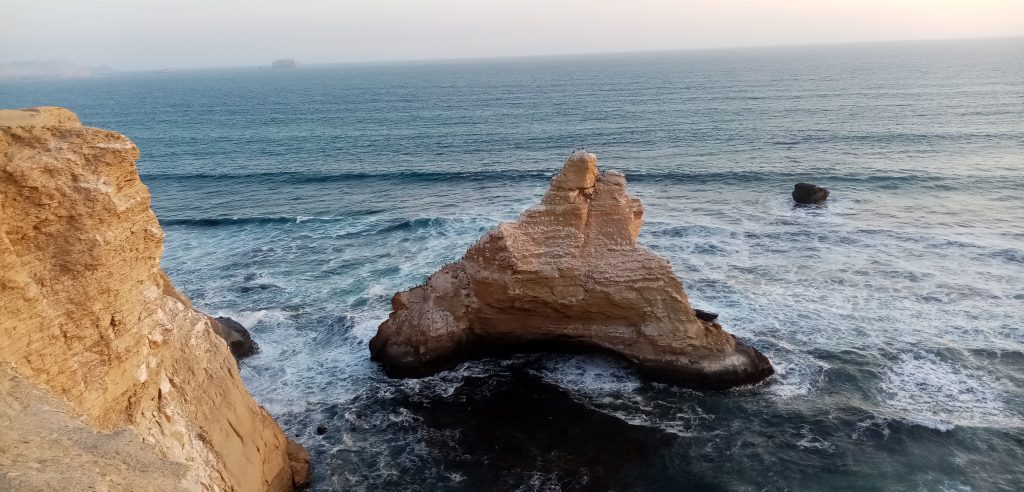
The Chandelier of Paracas
The Chandelier of Paracas, also known as Candelabro de Paracas, is a gigantic figure etched on a hill in the coastal desert, near the Paracas National Reserve in Peru. This mysterious geoglyph is carved into the ground and measures approximately 181 meters long.
The figure is similar to the famous Nazca Lines, located further south, but it’s more easily visible from the sea. The figure is traced by digging shallow trenches in the ground, exposing the lighter-colored rock beneath. Despite its exposed location to strong winds and erosion, the geoglyph has survived for centuries.
The origin and meaning of the Chandelier of Paracas remain a mystery. There are several theories about its creation, ranging from the legacy of ancient pre-Columbian cultures to signs of ancient maritime routes. Some even suggest a possible connection to the Nazca Lines.
Due to its remote and difficult-to-reach location, it’s not possible to visit the Chandelier of Paracas up close. However, during your boat tour to the Ballestas Islands or while flying over the Nazca Lines, you may catch a glimpse of this intriguing geoglyph from the sea.
The Chandelier of Paracas remains one of the many archaeological mysteries of the region, adding to the aura of intrigue and fascination that surrounds this part of Peru.
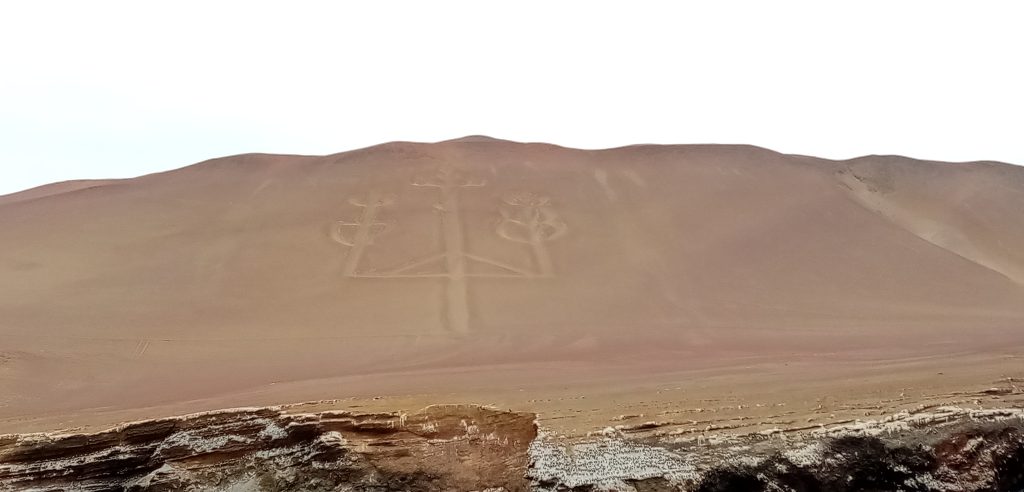
The Beaches
Paracas National Park boasts beautiful beaches, including Playa Roja (Red Beach) and Playa Yumaque. These beaches offer spectacular landscapes with sand dunes and unique rock formations. However, swimming is not recommended here.
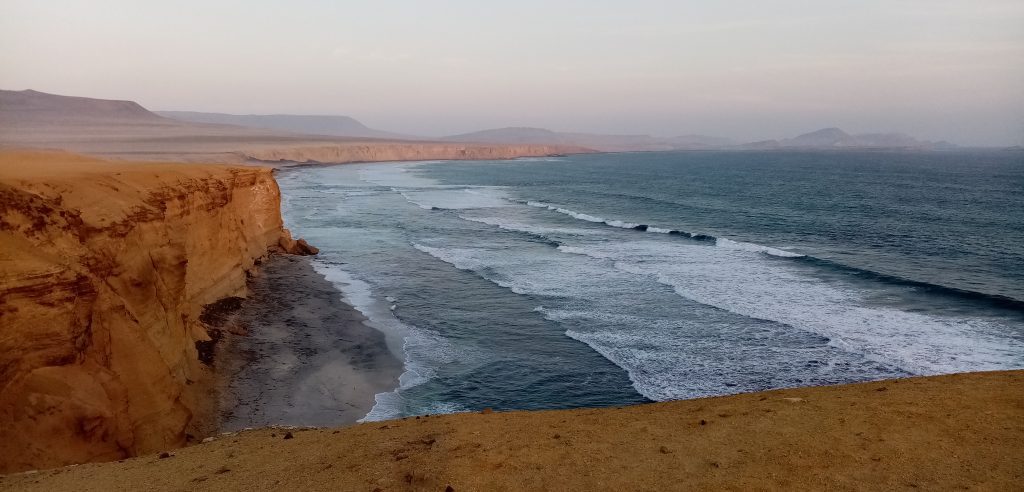
Flora and Fauna
As for wildlife, Paracas National Park is rich in biodiversity. You can encounter various terrestrial animals such as foxes, vicuñas, guanacos, and viscachas. In the surrounding waters, you might spot dolphins, sea turtles, orcas, and various fish species.
But it’s especially in the birdlife that you’ll be delighted. The park is a true birdwatcher’s paradise. You can see a wide variety of species, including pelicans, gannets, cormorants, flamingos, terns, and seagulls.
How to Get Around
By Bike
A popular way to explore the reserve is by cycling. You can rent a bike and ride on designated trails through the reserve. This allows you to enjoy fresh air, get closer to nature, and discover the different ecosystems of the reserve at your own pace.
But be aware of the wind! The Paracas region is often subjected to strong winds, especially in the afternoon. When biking or engaging in any outdoor activity, it’s important to be aware of these weather conditions. Plan to wear suitable clothing, including lightweight but covering clothing, sunglasses, and sunscreen.
Quad Biking
If you prefer a motorized option, you can rent a quad bike to explore the reserve. This will allow you to move more quickly and cover a greater distance. Please adhere to traffic rules and stay on designated roads to minimize the impact on the environment.
A Final Tip on Paracas: Sunset
Paracas Nature Reserve offers incredible sunsets over the ocean. Take the opportunity to admire the warm colors and golden reflections as the sun sets on the horizon. It’s a magical moment for photography and connecting with nature.
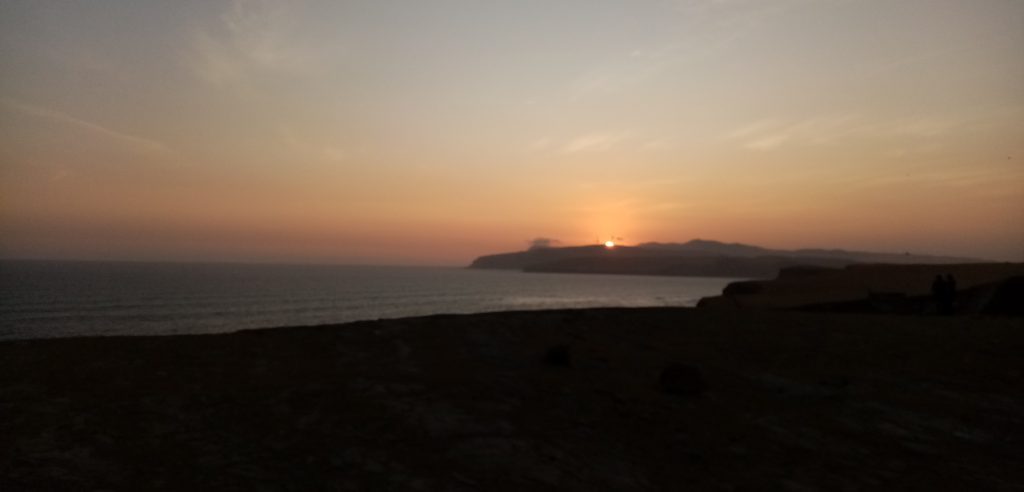
Islas Ballestas (Departure from Paracas)
The Ballestas Islands are a popular destination near Paracas Nature Reserve. They offer a unique experience of marine wildlife observation. At the same time, they are a must-visit for nature lovers exploring the Paracas region.
In general, the excursion to the Ballestas Islands is done in groups. There are a maximum of 50 people on a boat. A guide provides information about the region’s fauna and geology. The boat ride lasts about 2 hours.
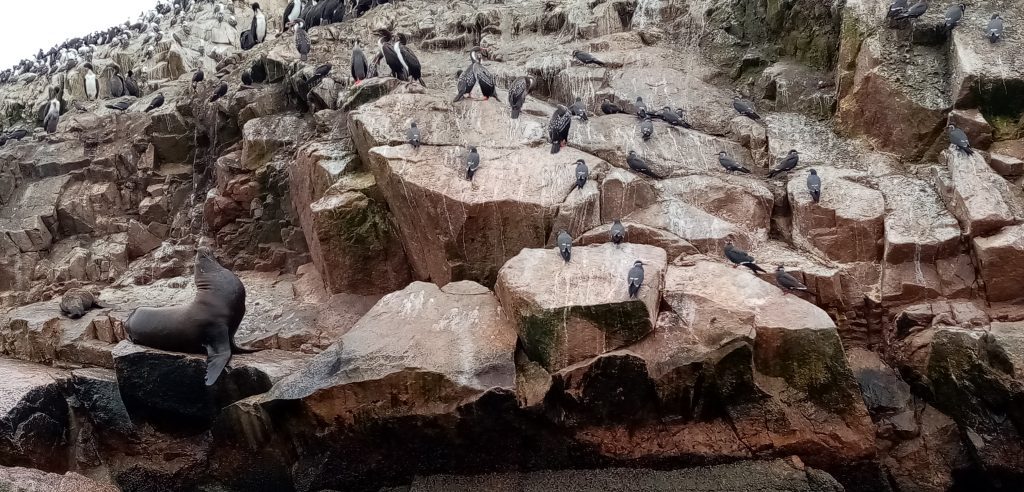
It’s worth noting that the sea can be rough, and you may not see as many animals as shown in photos. But if the weather is in your favor, you should see a great variety of seabirds. You might see pelicans, gannets, cormorants, seagulls, and many other species. You’ll also have the chance to spot sea lions lounging on the rocks and maybe even Humboldt penguins that have established their colony in the region.
During my visit in June 2023, there were quite a few dead birds in the water. This was due to avian influenza in March/April, which decimated the inhabitants of the Ballestas Islands. The birds are regularly removed from the water, but there were still many.
It’s important to follow the rules established when visiting the Ballestas Islands to preserve the environment and minimize disturbance to the animals. Boats maintain a safe distance from the islands, and visitors are not allowed to land on the islands.
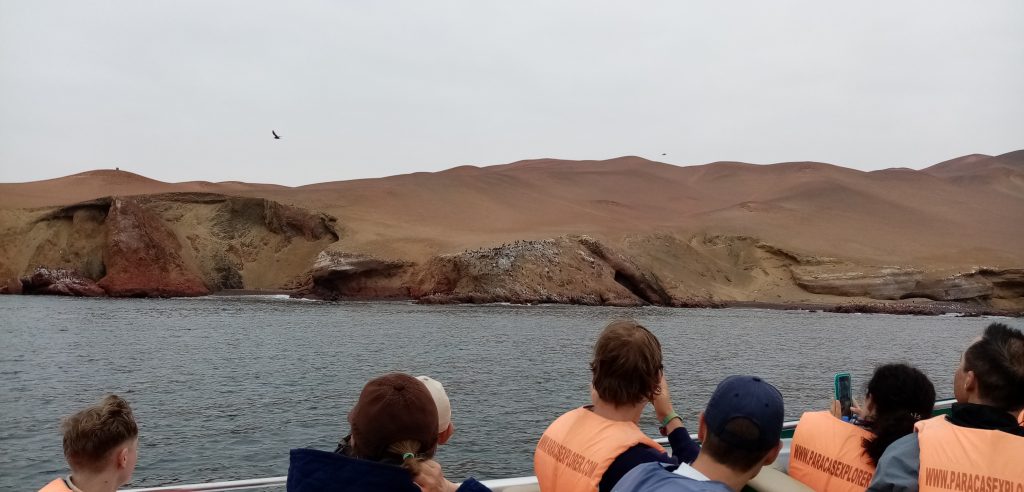
Some Tips
Don’t forget your camera to capture memorable moments of your visit. Natural landscapes, birds in flight, and colonies of marine animals offer great photography opportunities. Listen carefully to the guide’s commentary to spot and observe the different species present on the islands.
During the boat ride, we recommend wearing comfortable clothing, sunscreen, a hat, and sunglasses. Also, bring a light jacket as temperatures can be cool due to the sea breeze.
If you want to visit both the Ballestas Islands and Paracas National Park, consider getting a combined ticket, which will be more cost-effective.
How to Get to Paracas?
To get to Paracas, you have several options:
- By Bus: There are many buses connecting Lima to Paracas, such as Cruz del Sur. The bus journey usually takes about 4 to 5 hours, depending on traffic conditions.
- By Car: You can either rent a car or hire a driver to explore the region at your own pace. The road between Lima and Paracas is well-maintained and takes about 3 to 4 hours depending on traffic. You can make stops along the way to visit the Pachacamac site.
I recommend checking the bus schedules and availability or booking in advance when possible to ensure your trip to Paracas.
Restaurants in Paracas
Local restaurants often offer specialties made with local ingredients, especially fish. You can savor ceviches, grilled fish dishes, seafood soups, and many other delicious meals.
I was quite surprised by the prices displayed in restaurants in Paracas. I suppose it’s due to its growing tourist popularity and the view of the port and the ocean. Expect to pay between 45 and 50 soles for a dish, and even the daily menu (served at lunch) costs 30 soles!


